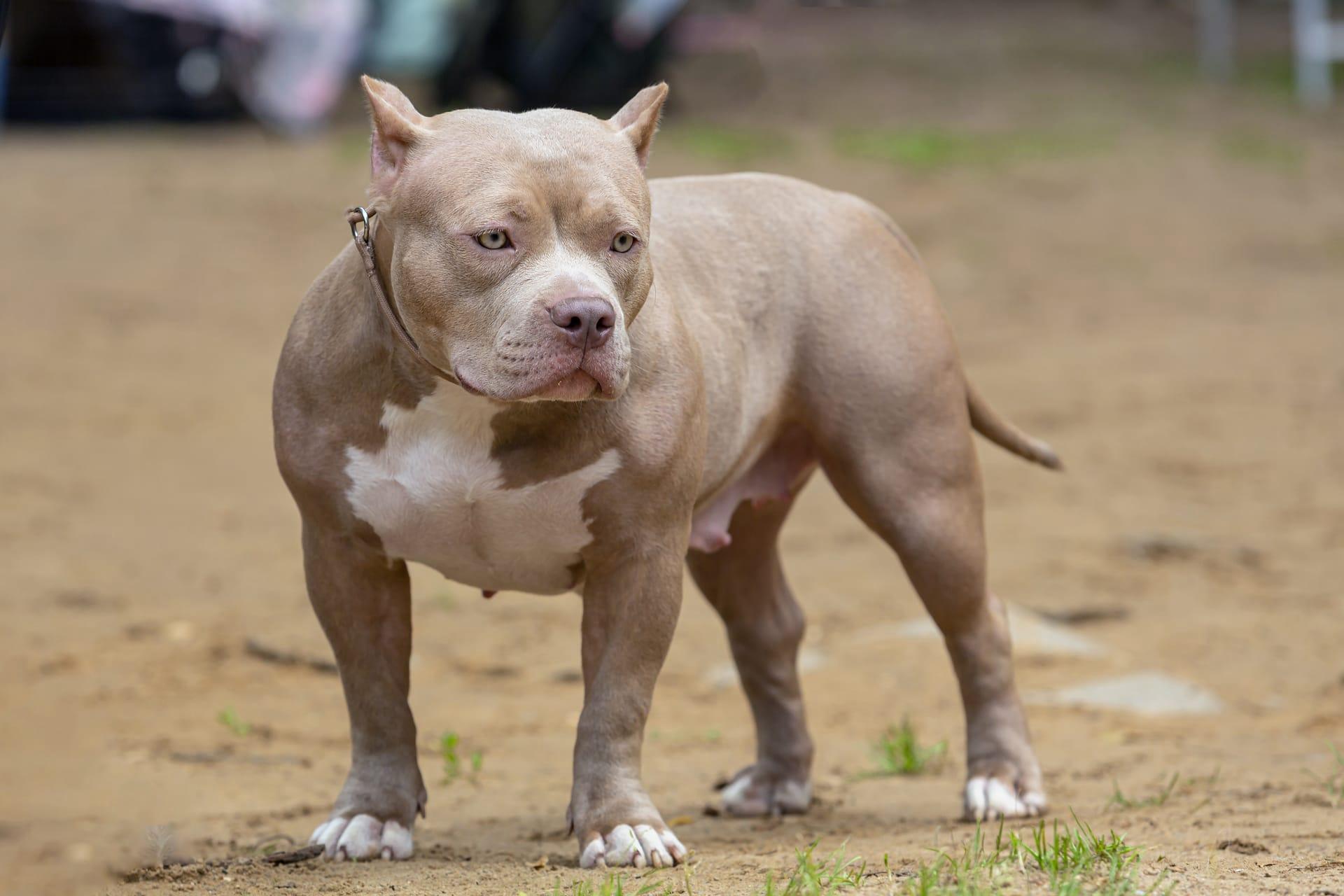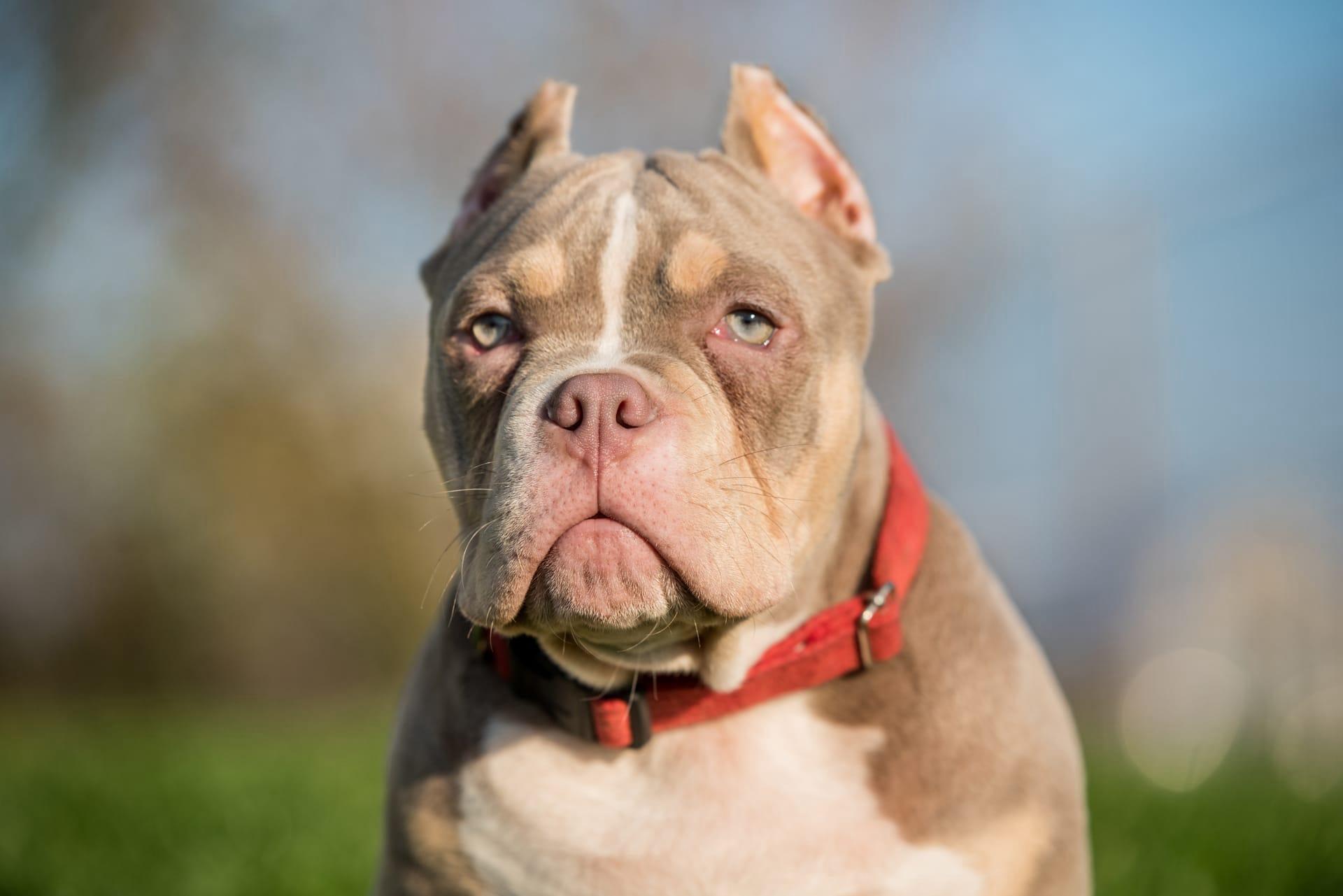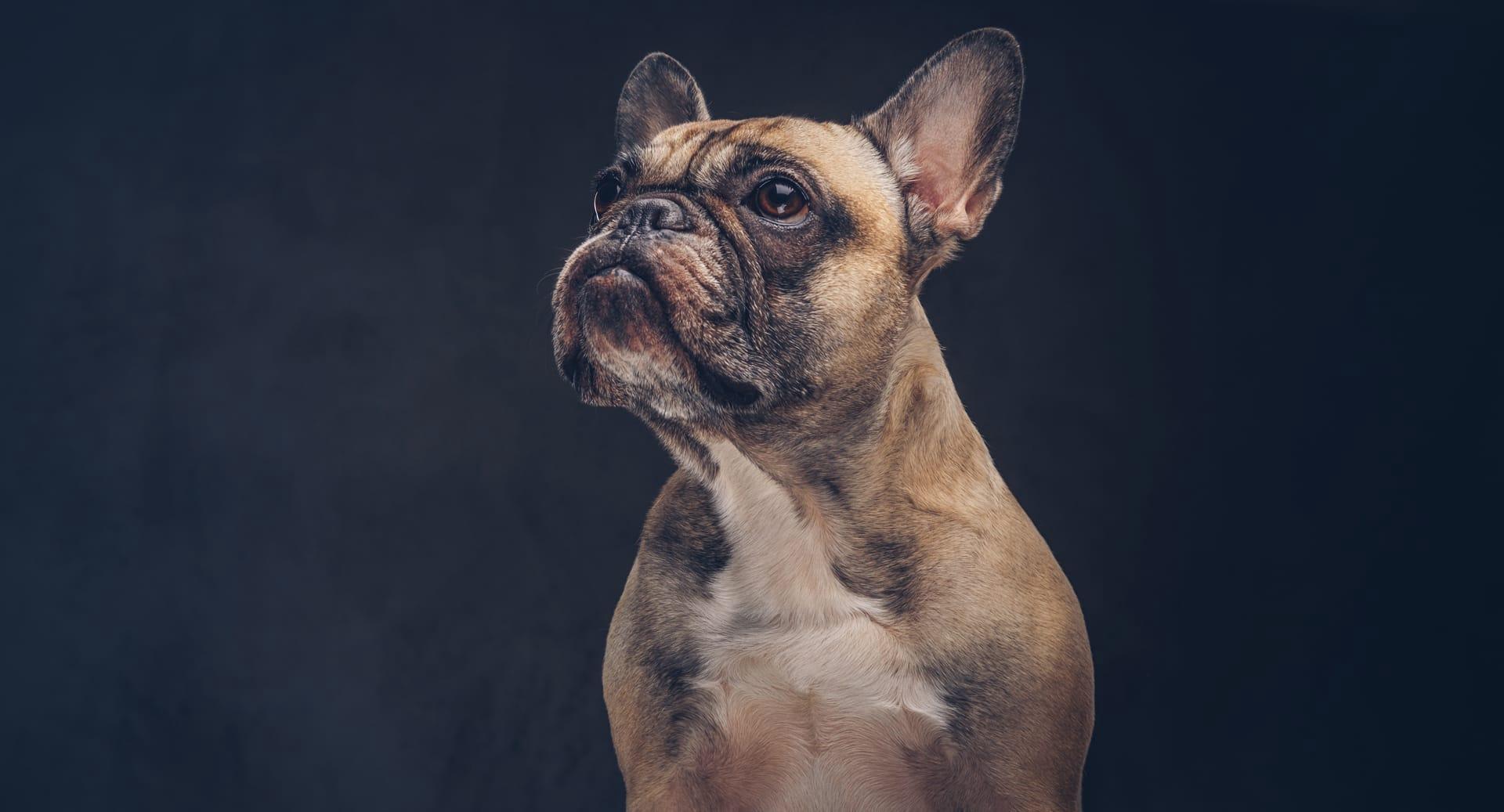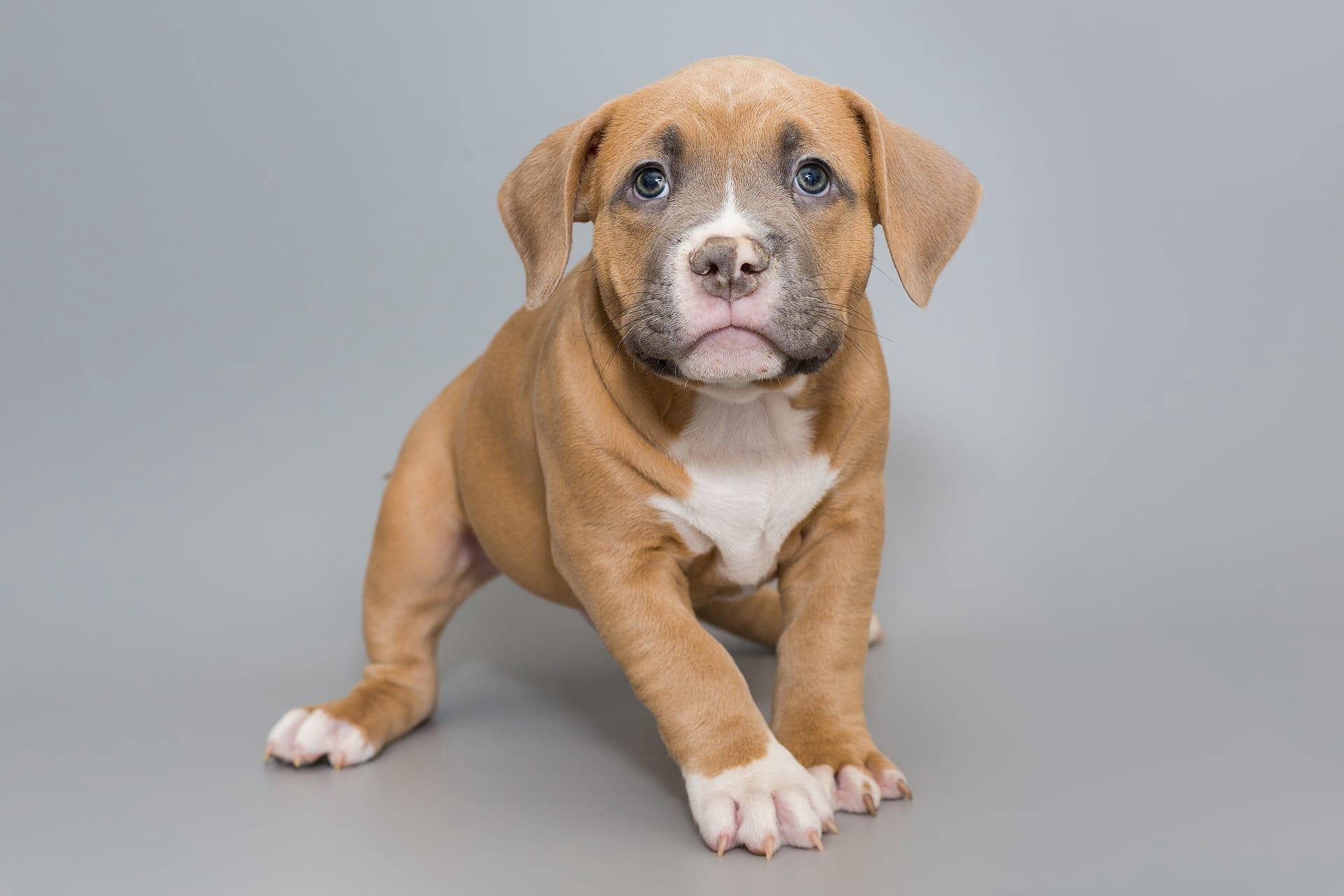American Pit Bull Terrier
- Home /
- Mini Encyclopedia /
- Animal /
- American Pit Bull Terrier
1
The American Pit Bull Terrier (APBT), a member of the Molosser group, is classified under the terrier group by the United Kennel Club (UKC) and American Dog Breeders Association (ADBA). However, the American Kennel Club (AKC) does not recognize the APBT as a breed, instead identifying the similar American Staffordshire Terrier. This breed, stemming from bulldogs and terriers, was initially bred for bull-baiting and later for farm work, hunting, and companionship. Their physical characteristics include a muscular build, a short coat, and a strong jaw, with males typically weighing between 35 to 65 pounds (15.8 to 29.5 kg) and standing 18 to 21 inches (45.7 to 53.3 cm) at the shoulder.
Originally from the United Kingdom, the APBT was brought to the United States in the 19th century. In the U.S., they are now widely distributed but are subject to breed-specific legislation in some areas due to public safety concerns. Their reputation for aggression, often a result of improper training and handling, has led to bans in certain cities. However, in many parts of the U.S., they are popular pets, known for their loyalty and affectionate nature. Their adaptability means they are found in a variety of environments, from urban apartments to rural farms.

2
Question: Are American Pit Bull Terriers naturally aggressive?
Answer: The belief that American Pit Bull Terriers are inherently aggressive is a common misconception. Aggression, in dogs, is not breed-specific. Like any breed, their behavior is largely influenced by their upbringing, training, and socialization. Studies have shown that APBTs, when properly trained and socialized, display no more aggression than other popular breeds. In temperament tests conducted by the American Temperament Test Society, APBTs consistently score well, often outperforming breeds like Golden Retrievers. It's crucial to understand that aggression in dogs is usually a product of their environment, training, or abuse, rather than their breed.

3
The relationship between American Pit Bull Terriers and humans is complex and multifaceted. Historically used in blood sports like bull-baiting and later dog fighting, their past is marred by human exploitation for aggression. However, this history contrasts sharply with the role they have played as loyal companions, protectors, and working dogs in various fields. They have been used in search and rescue operations, as therapy dogs, and in law enforcement for narcotics and explosive detection, showcasing their versatility and intelligence.
Today, many APBTs are cherished family members, known for their affectionate and playful nature, especially with children. They are often praised for their loyalty and protective instincts towards their human families. Unfortunately, the breed's reputation has led to challenges in adoption and ownership, with many facing discrimination due to misconceptions about their temperament. Efforts by breed enthusiasts and animal welfare organizations aim to educate the public on responsible ownership and the true nature of APBTs, promoting a more balanced and compassionate view of the breed.

4
The American Pit Bull Terrier originated in the United Kingdom, where bulldogs were crossbred with terriers in the 19th century. This crossbreeding was intended to combine the bulldog's strength and tenacity with the terrier's agility and spirit, creating a breed adept at the sport of bull-baiting. After bull-baiting was banned in 1835, these dogs were used in illegal dog fighting. Immigrants brought these dogs to the United States, where they were used as farm dogs, hunters, and family protectors.
Over time, the breed evolved in America, diverging from its UK ancestors. The American Pit Bull Terrier became larger and more muscular, traits valued in the United States. This evolution was driven by the breed's various roles in American society, from hunting and farm work to companionship. The breed's temperament also evolved, with a greater emphasis on loyalty and gentleness, traits highly valued in family pets. This evolution reflects the breed's adaptability and the diverse needs and preferences of their American owners.

5
Film: "Beyond the Myth: A Film About Pit Bulls and Breed Discrimination" (USA, 2010) explores the public perception and media portrayal of the American Pit Bull Terrier. It delves into the world of breed-specific legislation, questioning the logic and effectiveness of these laws. The documentary features interviews with owners, breed advocates, animal control officers, and lawyers, providing a comprehensive view of the challenges faced by the breed and their human companions.
Book: "The Pit Bull Placebo: The Media, Myths, and Politics of Canine Aggression" by Karen Delise. This book was published in the United States in 2007. Karen Delise provides a detailed examination of media portrayals and public perceptions of pit bulls. She presents research and statistics to debunk common myths about the breed and offers a comprehensive look at the factors that contribute to canine aggression, emphasizing the importance of responsible ownership and breed-neutral legislation.
Book: "Pit Bull: The Battle over an American Icon" by Bronwen Dickey. Published in the United States in 2016, this book delves into the history and cultural significance of pit bulls in America. Bronwen Dickey, the author, explores the breed's origins, its role in American society, and the controversies surrounding it. The book offers a balanced perspective on these dogs, challenging prevailing myths and misconceptions.